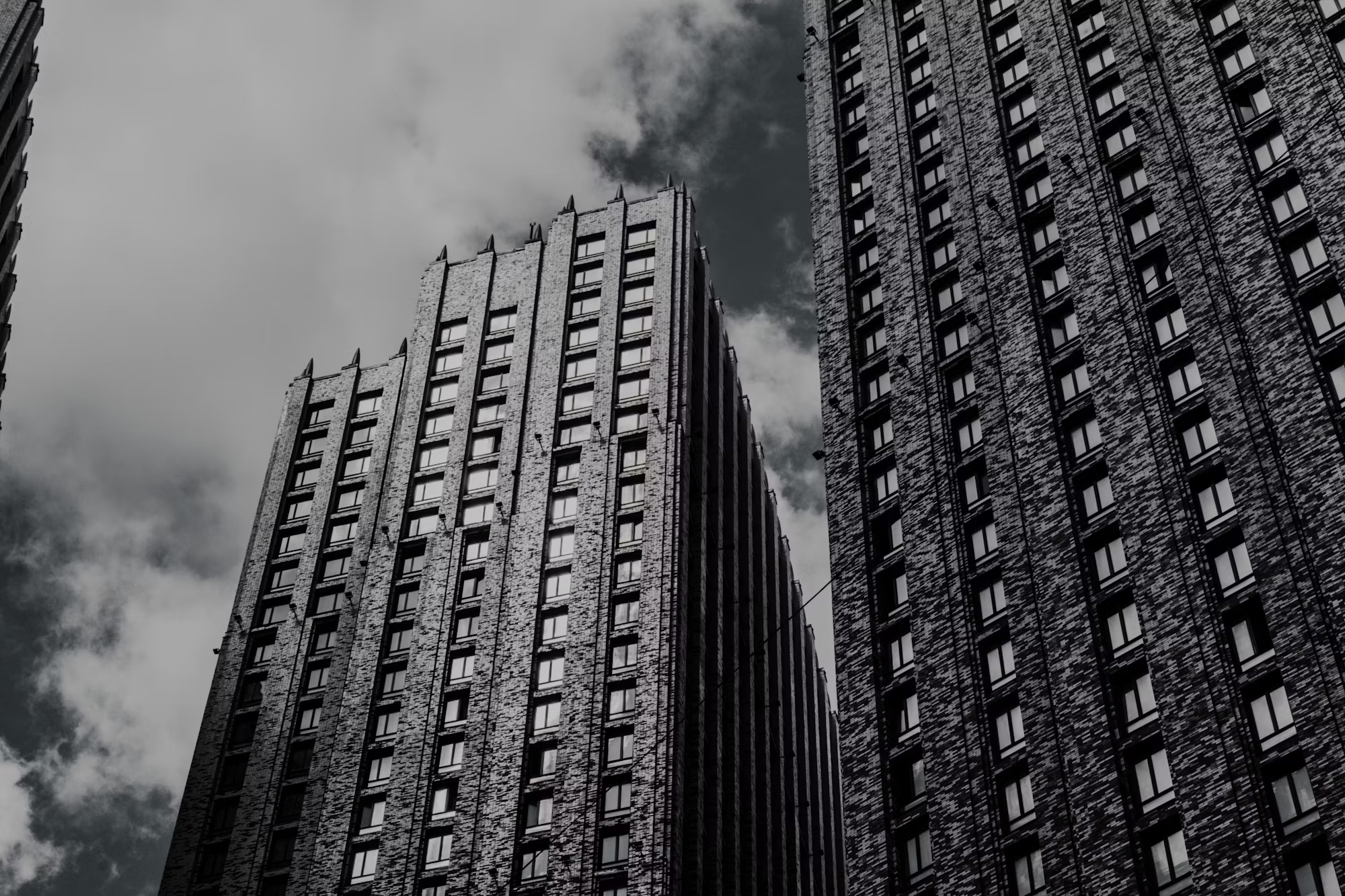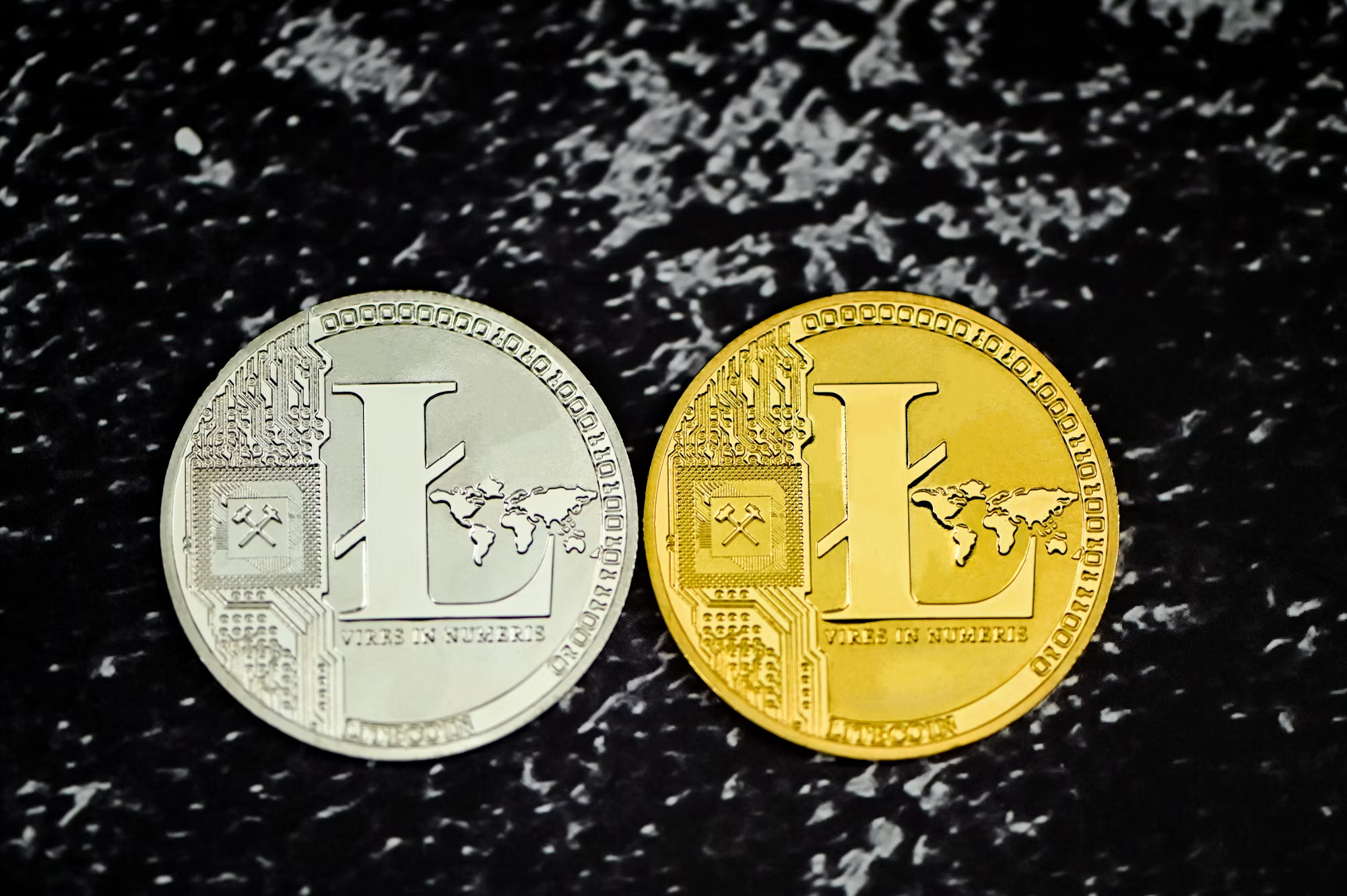In today’s rapidly urbanizing world, skyscrapers have become integral to the economic and social fabric of cities. These towering structures, whether residential, commercial, or mixed-use, are not just architectural feats; they are vital components of urban finance that influence local economies and enhance community life. This article delves into the various types of skyscrapers and their contributions to urban development, investment opportunities, and the overall financial landscape.
Commercial skyscrapers serve as the cornerstone of many urban economies, designed primarily to house offices, retail spaces, and other business-related activities. Located in the heart of financial districts, these buildings provide essential spaces for companies to operate and grow. The proximity of businesses within these skyscrapers fosters collaboration and networking, essential elements in today’s interconnected financial ecosystem.
For instance, in cities like New York and London, iconic commercial skyscrapers such as the Empire State Building and Canary Wharf not only accommodate thousands of employees but also attract significant investments. The presence of these high-rise office spaces indicates economic vitality, often leading to increased demand for surrounding retail and service businesses. This symbiotic relationship boosts local economies, creating a vibrant atmosphere that enhances both work and leisure opportunities.
As urban populations continue to swell, the demand for housing has given rise to residential skyscrapers, which provide crucial living spaces in crowded city centers. These tall buildings often feature a mix of luxury condominiums and affordable apartments, catering to a diverse range of residents. By increasing the density of living spaces, residential skyscrapers make efficient use of limited urban land while also enhancing the vibrancy of neighborhoods.
The economic impact of residential skyscrapers extends beyond mere housing. As more people choose to live in these high-rise buildings, local businesses benefit from increased foot traffic and spending. Grocery stores, cafes, and entertainment venues thrive in neighborhoods with a high concentration of residents, fostering a dynamic local economy. Moreover, many residential skyscrapers are designed with community amenities such as gyms, pools, and green spaces, contributing to a higher quality of life for their inhabitants.
The hotel industry also plays a significant role in urban finance, and skyscraper hotels are at the forefront of this sector. These towering structures typically combine guest accommodations with restaurants, conference facilities, and recreational areas, making them attractive destinations for both business and leisure travelers. The financial benefits of hotel skyscrapers are manifold, as they not only provide jobs in hospitality and service but also generate substantial revenue from tourism.
Cities with iconic hotel skyscrapers, such as the Burj Al Arab in Dubai or the Marina Bay Sands in Singapore, draw millions of visitors each year, creating a ripple effect that boosts the local economy. Events hosted within these hotels, from conferences to weddings, further stimulate economic activity, as attendees spend on transportation, dining, and entertainment. The success of hotel skyscrapers underscores their importance in a city’s financial landscape, highlighting their ability to attract international visitors and investment.
Mixed-use skyscrapers have emerged as a significant trend in urban development, blending residential, commercial, and recreational spaces within a single structure. This innovative approach reflects the modern desire for convenience, allowing people to live, work, and play in close proximity. The finance industry has recognized the potential of mixed-use developments to create vibrant communities that promote economic activity and social interaction.
These skyscrapers often incorporate retail spaces on the lower floors, with residential units above, creating a bustling environment where residents and visitors can enjoy shopping, dining, and entertainment. This integration of various functions not only enhances the appeal of the building but also encourages local businesses to thrive. For example, the Hudson Yards development in New York City has transformed an underutilized area into a thriving hub of activity, demonstrating the economic benefits of mixed-use skyscrapers.
Landmark skyscrapers also play a unique role in urban finance, serving as cultural icons that enhance a city’s global image. These structures are often characterized by their striking designs and innovative architecture, attracting tourists and investors alike. The financial implications of such landmarks extend beyond their immediate functions; they contribute to the overall branding of cities, making them desirable locations for businesses and residents.
A prime example is the Shanghai Tower, which not only serves as an office building but also features an observation deck that attracts millions of visitors each year. The presence of such iconic structures can elevate a city’s status on the world stage, leading to increased investments and opportunities. The economic vitality associated with landmark skyscrapers showcases the interconnectedness of culture and finance in urban settings.
As sustainability becomes increasingly important in urban development, green skyscrapers have emerged as a vital trend. These buildings focus on energy efficiency, reducing their ecological footprint through the use of renewable energy sources and environmentally friendly materials. The finance industry has recognized the long-term benefits of investing in sustainable buildings, which can lead to reduced operating costs and enhanced marketability.
For example, the Bosco Verticale in Milan exemplifies the potential of sustainable skyscrapers, featuring vertical gardens that improve air quality and enhance the urban landscape. By prioritizing sustainability, developers can attract environmentally conscious investors and tenants, creating financial advantages that align with the growing demand for responsible urban living.
Observation skyscrapers have also gained popularity as tourist attractions, offering breathtaking views of cityscapes and unique experiences for visitors. These structures, often equipped with observation decks, draw crowds seeking to enjoy stunning panoramas. The financial benefits of observation skyscrapers are substantial, as they contribute significantly to tourism revenue and stimulate local economies.
Iconic examples include the CN Tower in Toronto and the Tokyo Skytree, which not only enhance their respective skylines but also provide valuable experiences for tourists. The integration of observation areas into skyscraper designs illustrates how buildings can serve multiple purposes, promoting economic growth while enriching urban life.
Historic skyscrapers represent a blend of heritage and modern finance, carrying significant cultural and architectural value. These older buildings often house offices and businesses while retaining their historical charm, contributing to a city’s identity. The preservation and adaptive reuse of historic skyscrapers can yield financial benefits, as they attract businesses seeking unique spaces that exude character and history.
For instance, the Flatiron Building in New York City has been successfully repurposed for various commercial uses while maintaining its iconic status. By investing in the preservation of historic skyscrapers, cities can enhance their appeal to both tourists and businesses, driving economic growth and fostering community pride.
Supertall skyscrapers, defined as those exceeding 300 meters (984 feet) in height, represent the pinnacle of architectural achievement and engineering innovation. These towering structures often require substantial investment and advanced construction techniques, making them significant milestones in urban development. The finance industry plays a critical role in bringing these ambitious projects to fruition, often involving large-scale financing and investment.
The construction of supertall skyscrapers can serve as a catalyst for economic growth, attracting businesses and elevating a city’s profile in the global market. One notable example is the Jeddah Tower in Saudi Arabia, set to become the tallest building in the world upon completion. The ambitious nature of such projects underscores the connection between finance and innovative design, pushing the boundaries of what is possible in urban architecture.
Skybridges or linked skyscrapers are a novel approach to urban design, facilitating connectivity between two or more towers. These structures enhance the functionality of skyscrapers by providing walkways that enable easy movement between buildings, optimizing urban space and promoting interaction. The finance industry recognizes the potential of linked skyscrapers to create dynamic urban environments that stimulate economic activity.
A prime example is the Petronas Towers in Kuala Lumpur, which feature skybridges connecting the two towers. This design enhances both aesthetic appeal and functionality, encouraging a flow of people and resources between the buildings, reinforcing financial and social ties within the urban landscape. The presence of linked skyscrapers contributes to the overall vibrancy of the city, fostering a sense of community and collaboration.
In conclusion, skyscrapers are not just physical structures; they are essential components of modern urban finance. From commercial and residential spaces to hotels and mixed-use developments, each type of skyscraper plays a vital role in shaping the financial landscape of cities. As urban environments continue to evolve, the importance of skyscrapers in driving economic growth and fostering community development will only increase. Their adaptability and potential for innovation ensure that they will remain central to the narrative of urban finance for years to come.



